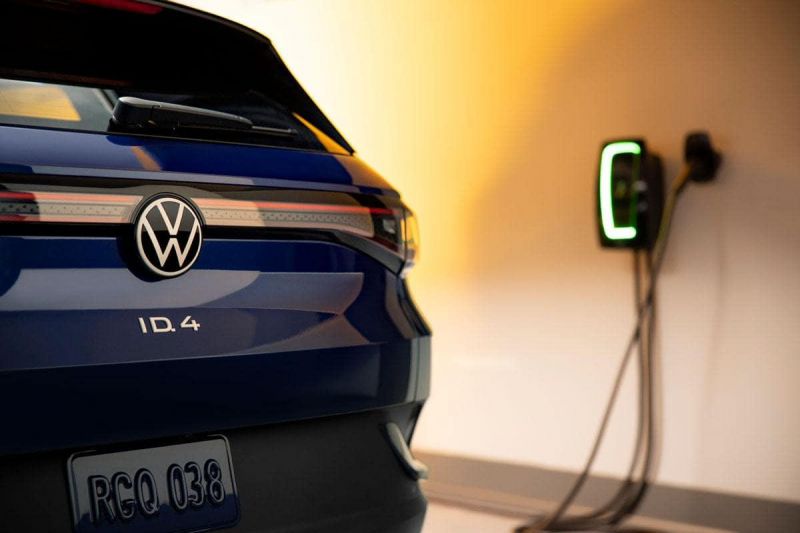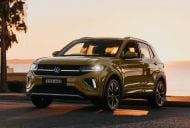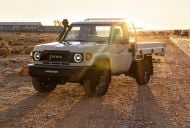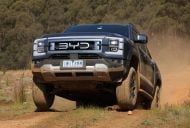With the world rapidly moving toward electric vehicles, one segment of the market is holding steady until there are improvements in infrastructure and battery technology.
Speaking to CarExpert at the launch of the new Amarok, Volkswagen Commercial Vehicles global product manager Peter Sulc said there were hurdles to be overcome before electric utes really proliferate.
He has been driving a Volkswagen ID.4 to determine the performance impact of varying weather conditions on battery performance. And it’s the winter equation that makes it difficult to see full electric technology working for a workhorse like the Amarok right now.
“You see really the complete difference between summer and winter. And I personally raised this internally – the city guys would like to come to some kind of the picnics here [in reference to the winery we visited] and then standing next to a very nice car… it’s somewhere near the charger and they are happy.
“But I still don’t see the timing is in the next two or three years, so if you ask asked me personally I do see somewhere in the second half of the decade.”
Therefore while VW has committed to electrifying its Ford-based dual-cab ute, it potentially won’t be for at least another three years or so.
When asked specifically which hurdles were slowing the development of a battery electric dual-cab ute, Sulc went on to talk about both infrastructure and battery technology.
“I don’t know what the situation is in Australia [in reference to charging infrastructure]. You can see we have in Germany a good infrastructure, but the situation in Germany is not the same in UK where it is horrible.
“So if you go somewhere and you see that you have some 20 kilometre distance and you see where your navigation is bringing you when you’re coming there and then it doesn’t work… this is the problem.
“And the European Union said that there is the task really to double or triple the infrastructure, but also it’s coming somewhere by around 2027.
“So it will be exactly this, with the combination of the new level of batteries that you can bring it for the mass production, and also not only [for] those guys which are coming here for the picnic.”
Mr Sulc also flagged the impact that rapid advancements might have on residuals of current generation technologies.
“The problem with BEV cars is the rest value of the car [resale value] is not so high as you have it with ICE [internal combustion cars] because the new car, the new battery, is much cheaper,” he said.
“So you are losing complete value. Because as of now we can do very good business with ICE because if I buy a Tiguan or a Golf, I can sell it after two or three years and I lose 10 per cent or 15 per cent.
“But if I do this with a new Amarok [battery electric version] then I can sell it in two years for a 50 per cent discount. And the new one will be 30 per cent cheaper [due to enhancements in battery technology]. And this is exactly the problem [with] the business case,” Sulc added.
While brands like LDV have rushed electric dual-cab utes to market in Australia, the incredibly high cost, poor towing capacity and poor range make them unviable for most consumers that use their vehicles as workhorses.
The cost to produce a battery is also now on the rise, which is likely to affect the cost of electric vehicles in the short-medium term.
Volkswagen and Ford’s strategy would see a full electric Amarok and Ranger hit the market once battery prices settle and technology has advanced enough to make a full electric ute usable for the intended market.
When asked whether the Amarok would share its EV components with Ranger, Sulc confirmed that both brands would share components to take advantage of economies of scale.







